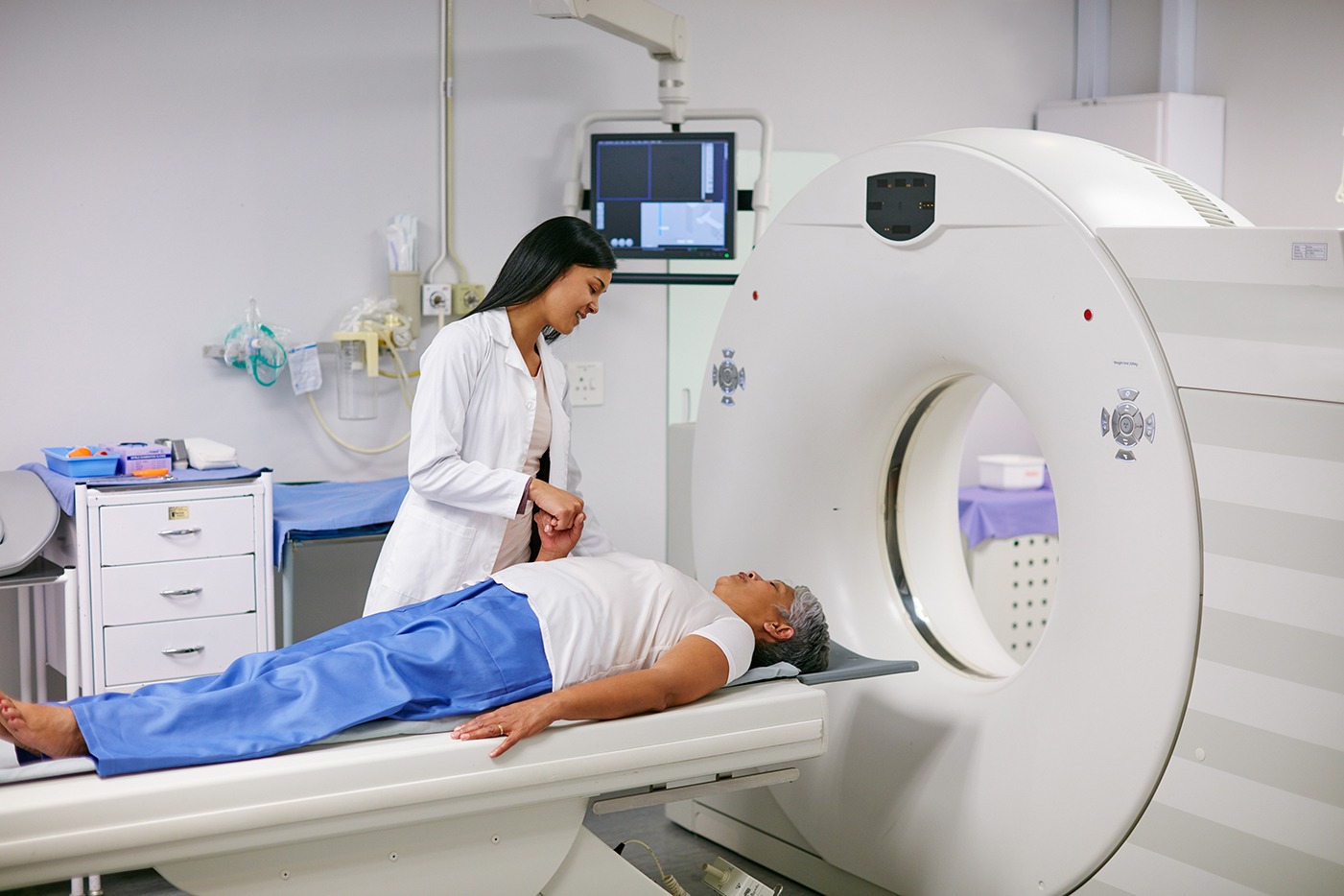Benefits of MRI Hip with Contrast
1] Enhanced Soft Tissue Imaging - One of the primary benefits of using contrast in an MRI of the hip is the ability to see soft tissues in much greater detail. Tears in ligaments, tendons, or cartilage may not be visible on standard MRI images, but the contrast makes these injuries more apparent. This is particularly valuable for diagnosing injuries related to hip labral tears, tendonitis, and ligament sprains.
2] Better Detection of Inflammation - Conditions like rheumatoid arthritis, osteoarthritis, bursitis, or synovitis (inflammation of the synovial lining) cause inflammation in and around the hip joint. MRI with contrast can help identify these inflamed areas and provide insight into the severity and extent of the inflammation.
3] Clearer Imaging of Blood Vessels and Fluid - MRI with contrast provides better visualization of blood vessels, making it useful for diagnosing vascular conditions such as abnormal blood flow or hip avascular necrosis (a condition where the blood supply to the bone is disrupted, leading to bone death). The contrast agent can also highlight areas of fluid accumulation, such as joint effusion (fluid buildup) or abscesses, which can occur due to infection or injury.
4] Non-invasive and Radiation-free - Unlike CT scans or X-rays, MRI does not use ionizing radiation, making it a safer option, particularly for patients who require repeated imaging or for those concerned about radiation exposure. This makes it a preferred method of imaging for many conditions, especially in younger patients or those with chronic conditions who may need follow-up scans over time.
5] Comprehensive Diagnosis - MRI Hip with Contrast provides a comprehensive view of the hip joint, including its bones, cartilage, muscles, ligaments, and blood vessels. This makes it especially helpful for diagnosing complex conditions like hip fractures, labral tears, muscle strains, bone infections, and hip tumors.
Why Choose MRI Hip with Contrast?
MRI Hip with Contrast is an invaluable tool for diagnosing complex conditions that affect the hip joint. Whether you're experiencing chronic pain, mobility issues, or symptoms after an injury, MRI with contrast offers a comprehensive, non-invasive way to assess the state of your hip joint and surrounding tissues.
For patients with soft tissue injuries, inflammation, or suspected infections, MRI with contrast provides a level of detail that standard imaging techniques may miss. It is especially effective for detecting issues with cartilage, ligaments, tendons, and blood vessels that require detailed evaluation for accurate diagnosis and treatment planning.









